We have recently funded six new projects for a total of £1.65 million, as part of our 2015 project grant competition.
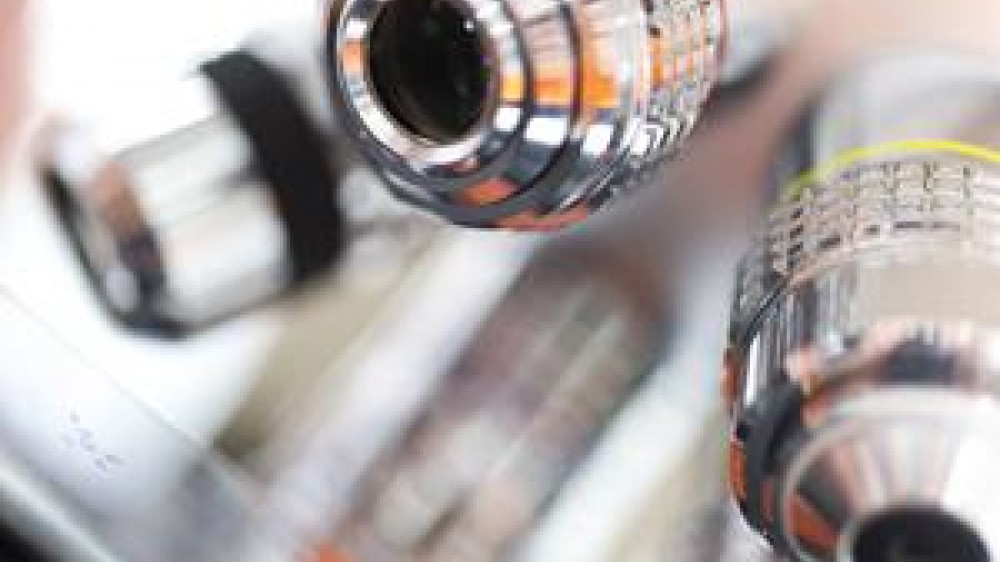
We have recently funded six new projects for a total of £1.65 million, as part of our 2015 project grant competition.

An editorial response to the Stop Vivisection European Citizens’ Initiative (ECI), written by NC3Rs chief executive Dr Vicky Robinson CBE has been published in Lab Animal Europe's September journal.
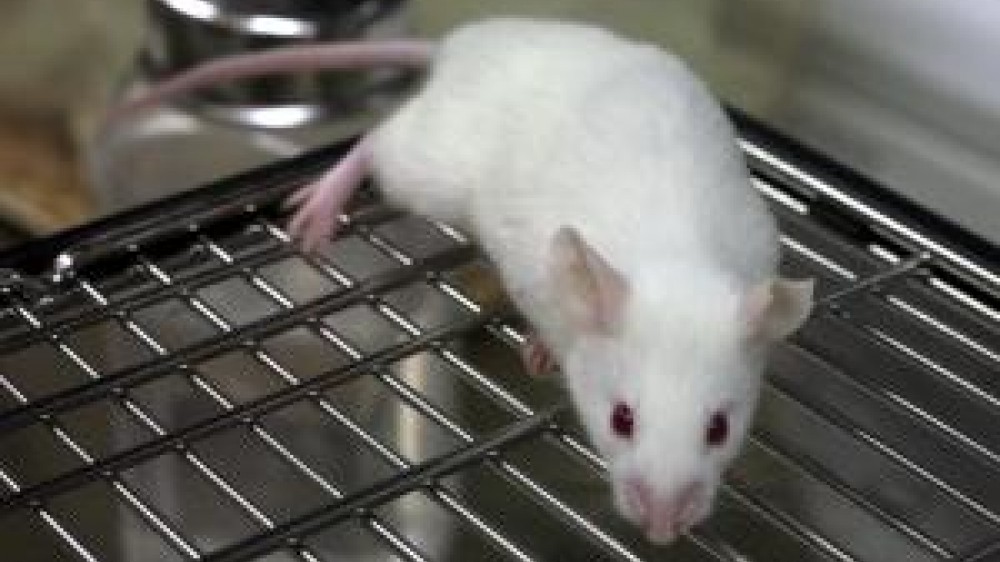
We are pleased to announce £1.65 million of awards in our 2015 project grant competition. Our flagship response-mode funding scheme attracts world-class research that demonstrates the commitment to the 3Rs from leading scientists in their field.

To many people, the 3Rs are all about minimising harm to animals. But one of the successes of the NC3Rs has been to demonstrate that they are about so much more. A 3Rs approach fosters more robust, reproducible and translational science, bringing
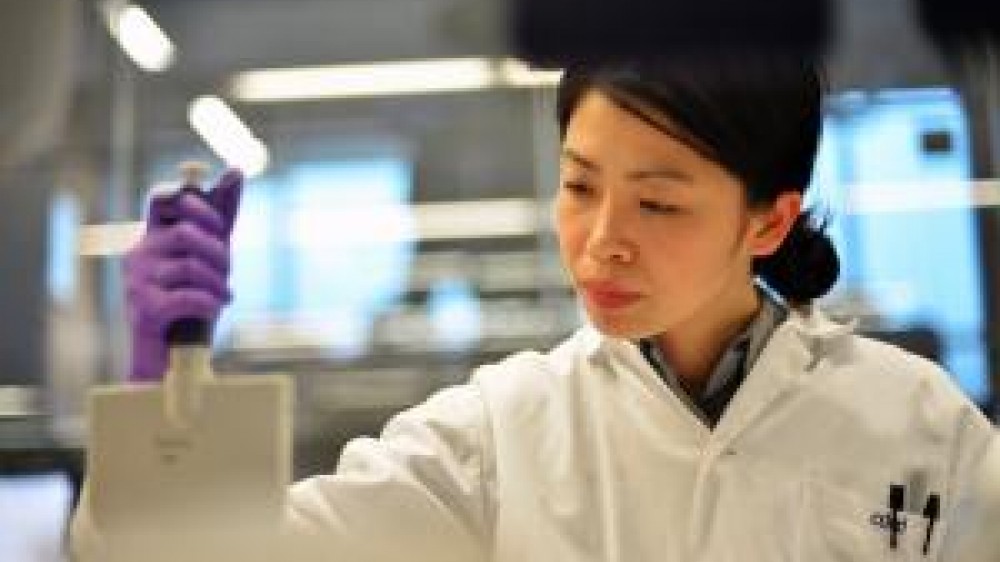
Last month saw the launch of our online resource on microsampling featuring a range of tools for researchers including example study designs, videos showing microsampling techniques and a decision tree to help determine what type of sampling to use
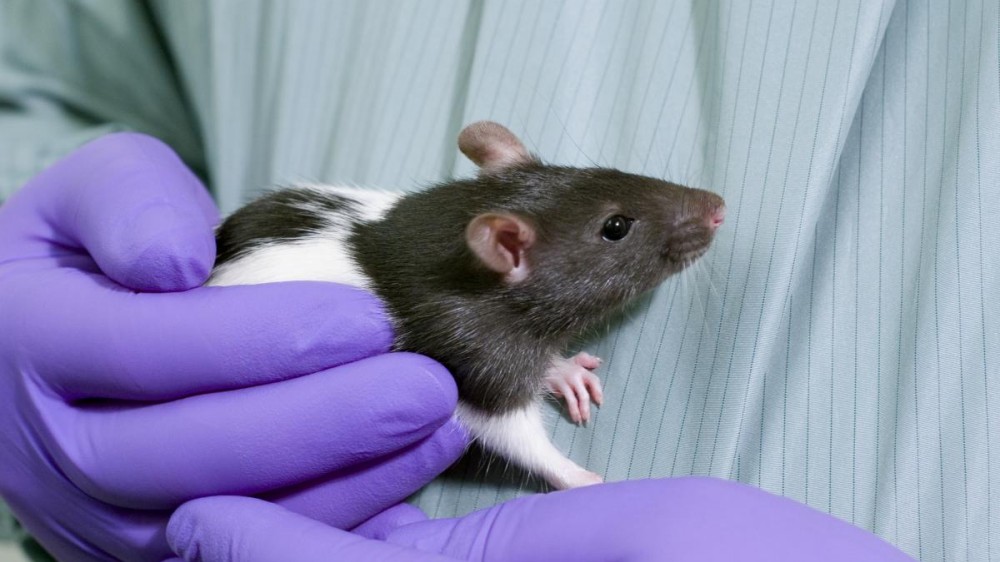
The 2015 CRACK IT Challenges competition consists of two Challenges identified jointly by the NC3Rs and Sponsors.

The third annual NC3Rs Summer School was held in late June at St. Catherine’s College in Oxford.
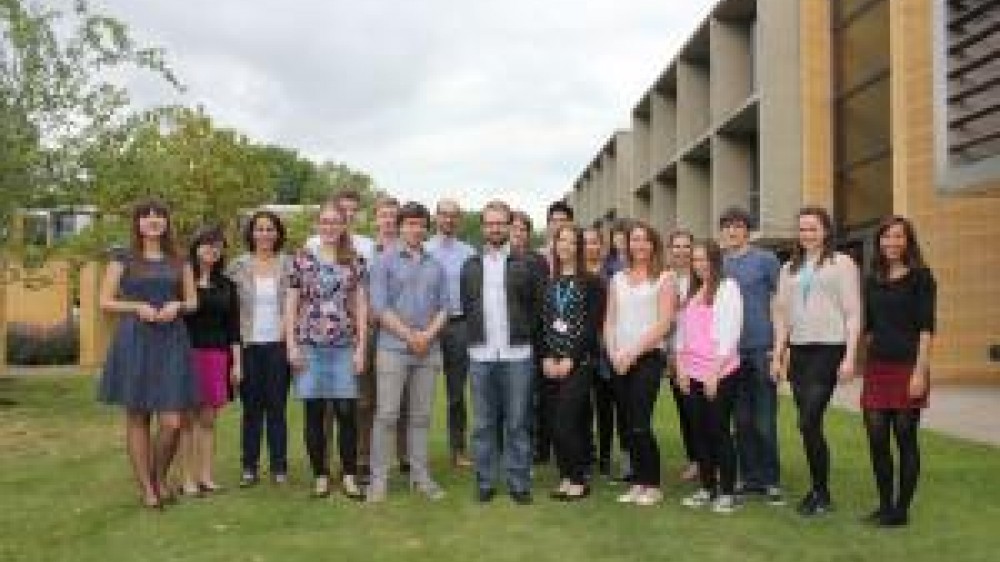
The winner of the 2015 London Design Museum's Design of the Year award has been announced, awarded to a team from Harvard who are looking at 'revolutionary' organs-on-chips.

This week (Tuesday 9 June) saw the first meeting of the newly formed London In Vitro Models Club.

Dr Sally Robinson, Head of Laboratory Animal Science (UK) at AstraZeneca, describes how the company is incorporating and championing the 3Rs by recognising innovative developments and ensuring good practice is shared globally within their company.
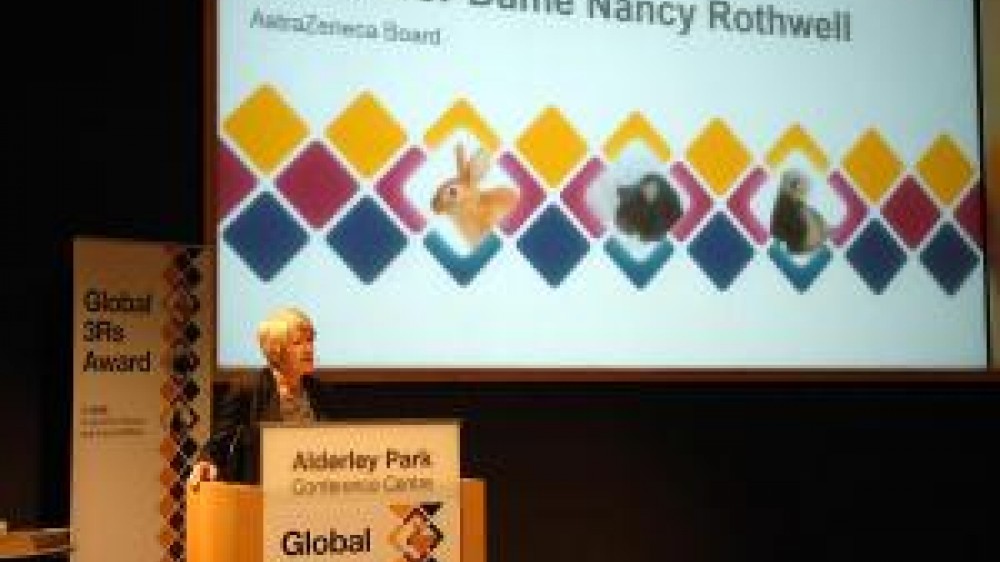
We have developed a new online resource aimed at improving the welfare of laboratory macaques. Improving welfare will in turn improve the quality of the research carried out using these animals.
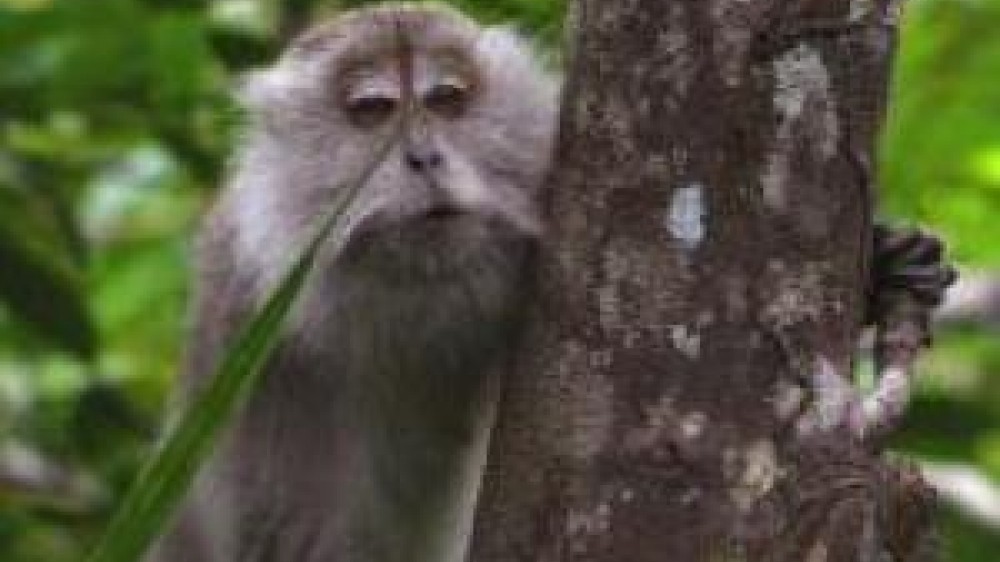
Dr Mark Prescott, primatologist and Head of Research Management and Policy at the NC3Rs, launches our latest online resource – The Macaque Website.

An NC3Rs funded project has helped pave the way towards a potential treatment for multiple sclerosis (MS). NC3Rs Science Manager Katie Lidster reviews the impacts the grant has had since being awarded in 2010.
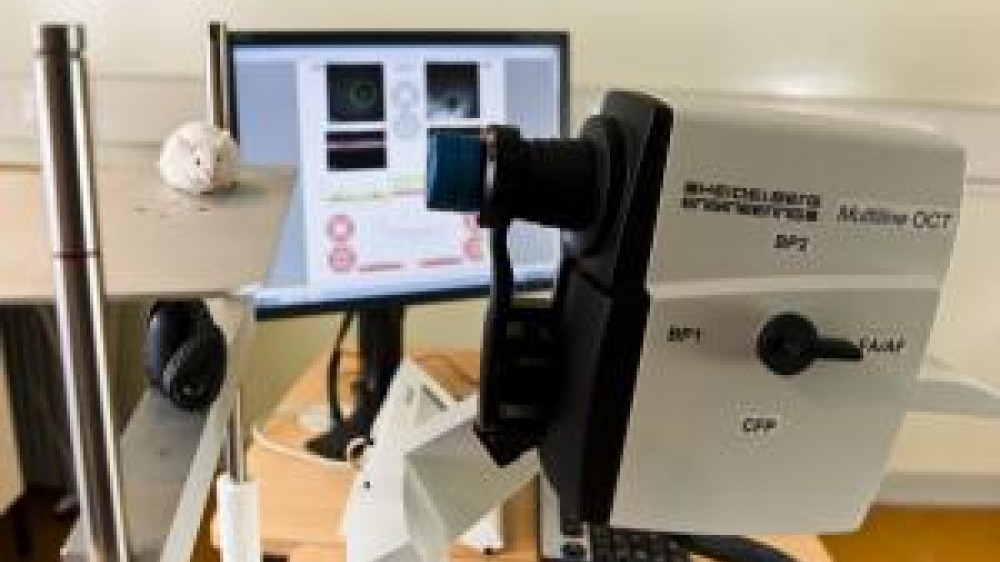
Two of our CRACK IT Challenges are being showcased on a webinar on hosted by Inside Scientific- “24/7 monitoring of group-housed rodents in their true IVC racked home cage environment for safety pharmacology and phenotyping applications.”
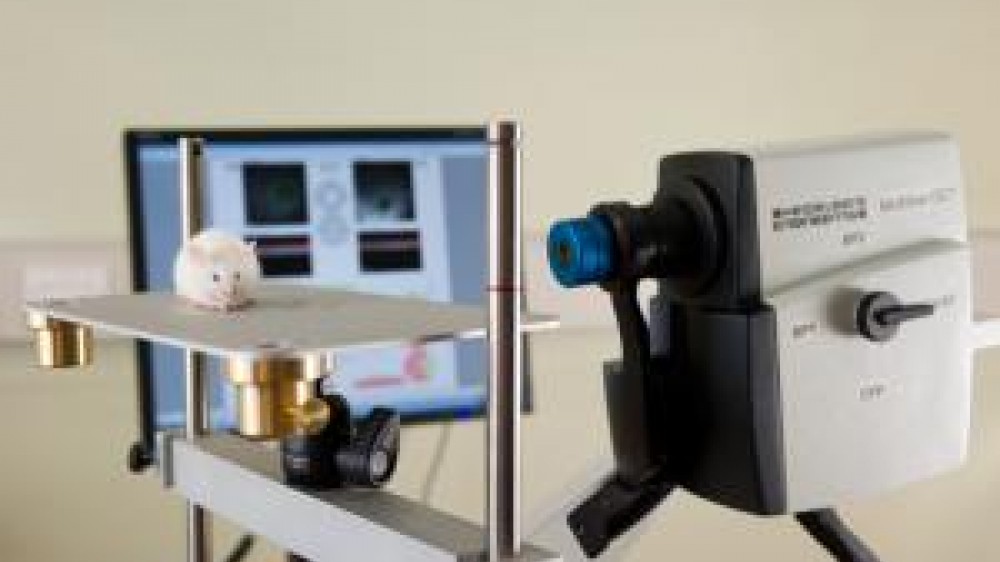
Last week saw the publication of updated guidance on funding applications involving the use of animals, by the UK’s Research Councils. The announcement was picked up by the specialist and general press, with Nature and the Observer both covering the

In February we held a two day workshop on publication bias, encouraging delegates to share their thoughts online using the hashtag #publicationbias. Below is a Wakelet feed of what they shared.

For decades, regulations for the toxicity testing of agrochemicals have required the use of dogs as well a rodent species, usually the rat.
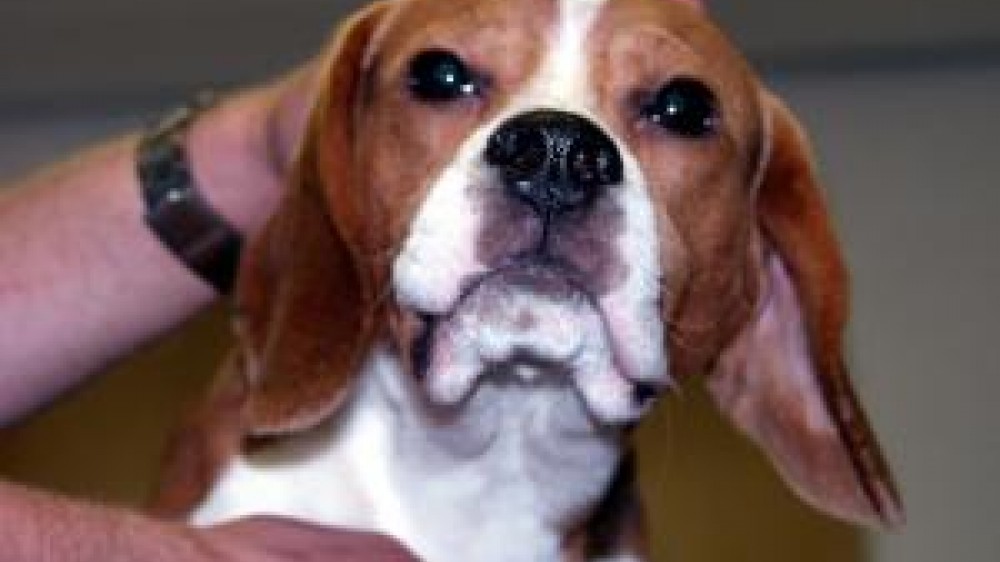
For the first time since the prize was launched in 2005, the highest accolade has gone to a PhD student, Mr Oliver Britton, working with Professor Blanca Rodriguez, at the University of Oxford.

Nine research and development consortia have been awarded up to £100,000 each, as part of the CRACK IT Challenge competition, to carry out initial work to develop innovative technology solutions that will impact on the replacement, refinement and

The University of Oxford is one of the world’s leading centres for biomedical research, with outstanding strengths in both basic science and its clinical application.
